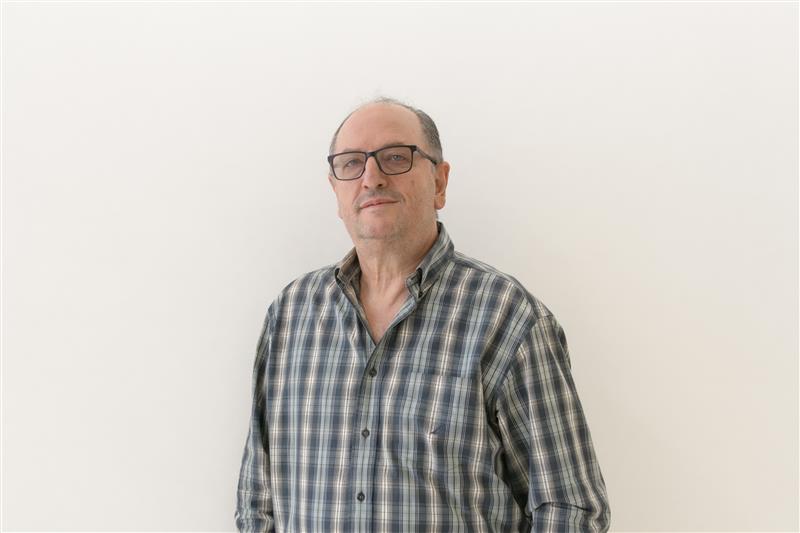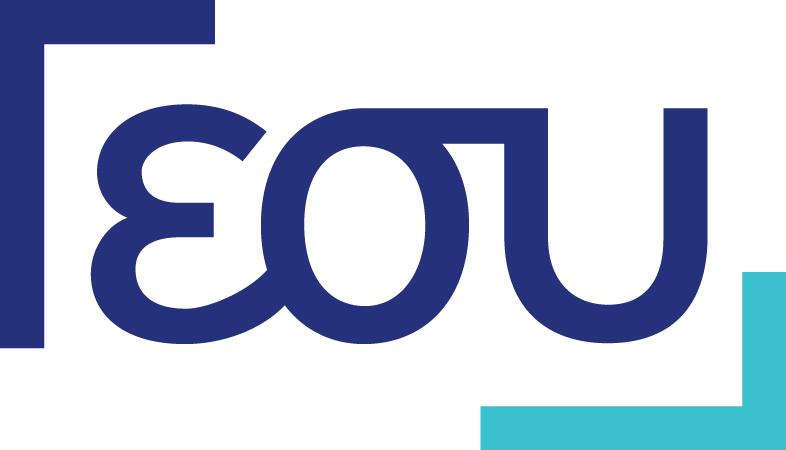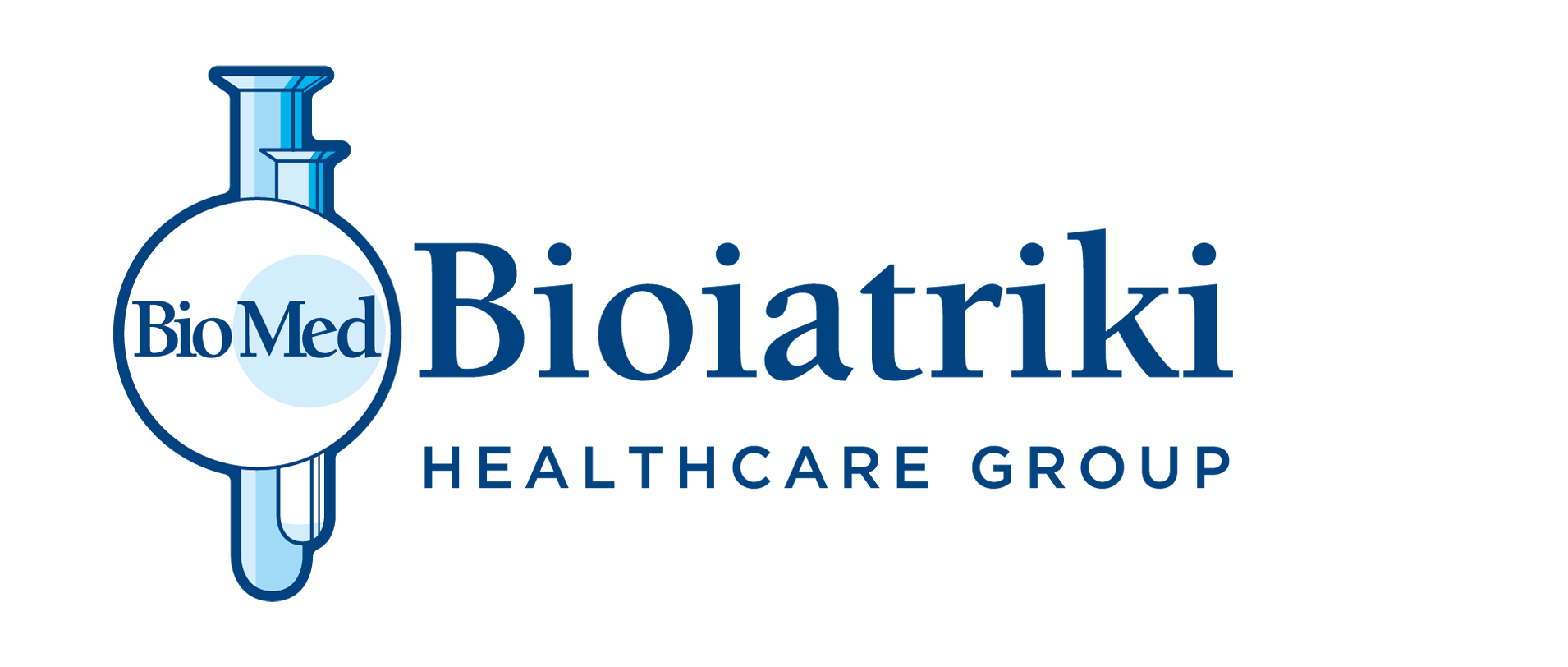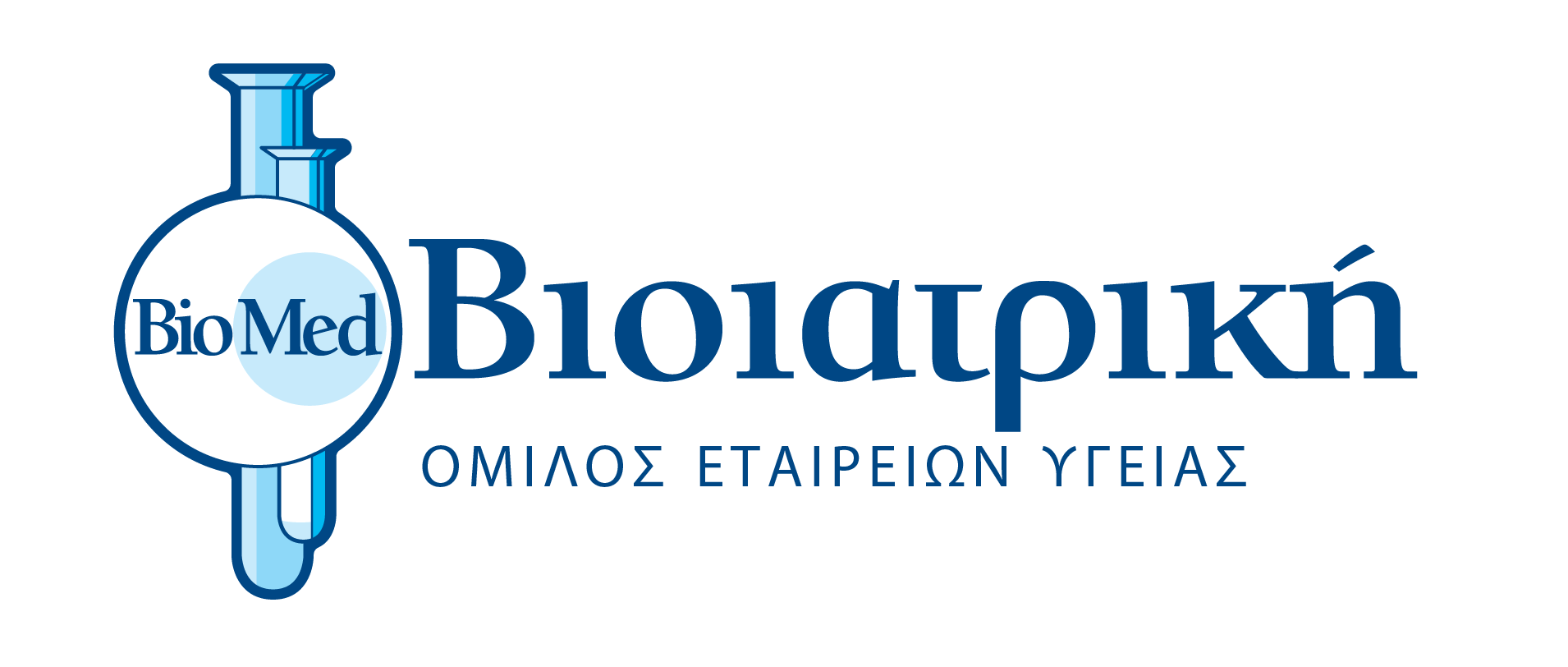by Dr. Fotis Kosmatopoulos

October has been established as Breast Cancer Awareness Month, as breast cancer is the most common malignancy in the female population. In Cyprus, data show that more than 550 women are diagnosed with breast cancer annually, while scientists estimate that 1 every 8 women will develop breast cancer at some stage of her life. These are disappointing statistics. However, breast cancer can be treated if detected early, as advances in technology and medical science have added powerful weapons to the medical world’s arsenal for prevention and early diagnosis. Screening for breast cancer is literally saving lives, especially with the much more detailed images by modern radiology devices with digital imaging.
Another encouraging fact is that women are now aware of both the importance of screening and the tests that go with it. In fact, during the examination, they do not hesitate to ask specific questions or talk about issues they may not be aware of.
CBE: palpation – mammography – ultrasound One of the most frequently asked questions is how women can prevent or detect breast cancer early. To this we answer that knowledge of the threefold golden rule is of primary importance: Clinical Breast Exam (palpation) – Mammography – Ultrasound We witness every day many latent diagnoses, outdated equipment, etc. As a result, women often ask about the advantages of modern mammography. There is no doubt that the latest digital mammographs have significant advantages over those of previous generations. To begin with they are responsible for higher resolution images. As a result, even the smallest tumor (either malignant or benign) can be detected. Secondly, they significantly reduce the examination time and the discomfort or pain that a woman may experience during the mammogram due to the pressure on her breasts. The third and particularly important advantage is about radiation. Latest generation devices can now capture high-resolution images with minimal radiation. Nowadays, modern mammographs have built-in 3D tomosynthesis technology that provides higher accuracy in dense breasts and higher efficacy in the detection of early or small suspicious lesions.
When should I have for the first time a mammography? Another frequently asked question, usually from younger women, is about the age for the first mammography. It should be made clear that the guidelines of international and European scientific organizations suggest that a woman should have her first mammography between the age of 35 and 39 years (the so-called reference mammography). After the age of 40, an annual mammography is recommended. Of course, every woman should consult her doctor, as in some cases, a test may need to be done more frequently (history, monitoring of benign tumors, etc.). In addition to the mammogram, the clinician and/or radiologist may request a breast ultrasound scan. Breast ultrasound is the test of choice for women under 35 years of age. Likewise with mammography, it is important that the ultrasound is a modern, high-resolution device, able to perform specialized techniques required in breast pathology, such as elastography. MRI is a powerful tool, which is used in a complementary fashion, when the doctor deems necessary, to conventional mammography and breast ultrasound. Finally, we should highlight that the experience of medical and paramedical staff is the key not only to diagnosis, but to treatment and management of breast cancer as well. Every woman owes herself a lifesaving gift: that of the necessary tests for the prevention and early diagnosis of breast cancer.
*Specialist Radiologist Alpha Evresis Diagnostic Center, Bioiatriki Healthcare Group in Cyprus









